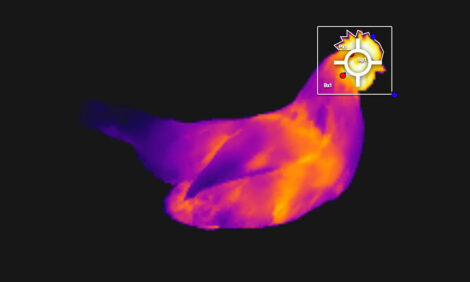



The Economics of Avian Influenza Control
By David Halvorson, Ilaria Capua, Carol Cardona, David Frame, Daniel Karunakaran, Stefano Marangon, Giovanni Ortali, Don Roepke and Brian Woo-Ming and published by the University of Minnesota - When large numbers of flocks get low pathogenic avian influenza (AI), different types of control programs have different costs associated with them.Abstract
Costs of several large outbreaks are shown and compared. The difference in AI outbreak costs per flock from the least to the most expensive is over 100-fold. A new model for controlling AI, incorporating the best features of different control measures, is proposed. This model would draw from poultry industry and government expertise to quickly, cooperatively and cost-effectively stop AI outbreaks. The advantages of the proposed program are that it requires no unethical destruction of healthy birds, requires no costly disposal, is cost effective and puts more of the costs of control on the producers with infected birds.
Introduction
It is well accepted that “stamping out” of highly pathogenic avian influenza (HPAI) is a suitable method for control
and eradication of this deadly disease. Protection of a national industry and protection of an export market are the
major reasons for destruction and disposal of HPAI infected poultry. The costs associated with destruction and
disposal of infected flocks can be great. Often there are other costs of even greater magnitude including lost
markets, down time, etc. In 1999-2000 an outbreak of H7N1 HPAI in Italy resulted in $112 million in
compensation for destroyed birds, but it was estimated that indirect costs exceeded $400 million for a total cost of
over $512 million.
Low pathogenic avian influenza (LPAI) control methods have been more variable. Avian influenza (AI) has been
introduced into the U.S. poultry industry over 100 times in the last 25 years and usually few flocks are involved in
each outbreak. In Minnesota, where most U.S. introductions of AI have been recorded, a program of monitoring,
biosecurity and controlled marketing has been employed. In other areas the index flocks have been destroyed. The
costs of the two approaches are not large when small numbers of flocks are involved. In Minnesota the costs of the
disease may be $2 per bird (or more) in a market turkey flock with additional cost for delaying placement of the next
flock.
In states where destruction is practiced the cost is going to be the bird value, or in the case of birds in egg
production it will be bird value plus the impact of lost production. Thus, costs of destroying a flock will range from
$1 or $2 per bird for broilers to more than $100 per bird for turkey breeders. In the past 15 months, destruction of
flocks or eggs due to LPAI was implemented over 10 times in the U.S. (Maine, Michigan, Connecticut,
Pennsylvania, New York, North Carolina, Virginia, California, Texas, Ohio).
However, sometimes large numbers of flocks are infected. There have been several notable outbreaks of LPAI that
affected large numbers of poultry flocks: in 1978, 1988, 1991 and 1995 AI affected over 100 flocks of turkeys in
Minnesota; in 1995 220 flocks of turkeys were affected in Utah; in 2000 – 2001 88 farms were affected in Italy; in
2000 – 2002 several flocks in California experienced AI; and in 2002 AI was found in Colorado and Virginia
turkeys. The costs associated with those outbreaks are shown in Table 1. The difference in costs can be attributed
to the species and type of birds infected, their age, flock size, as well as control methods employed, but most of the
outbreaks involve turkeys.
Conclusion
Different types of low pathogenic avian influenza control programs have different costs associated with them. By incorporating the best features of different control programs it should be possible to develop a new integrated avian influenza control program that has a high probability of success at a reasonable cost. The advantages of the proposed program are that it requires no unethical destruction of healthy birds, requires no costly disposal, is cost effective and puts more of the costs of control on the producers with infected birds.
Further Information
To read the full article, click here (PDF)
Source: University of Minnesota - March 2003








